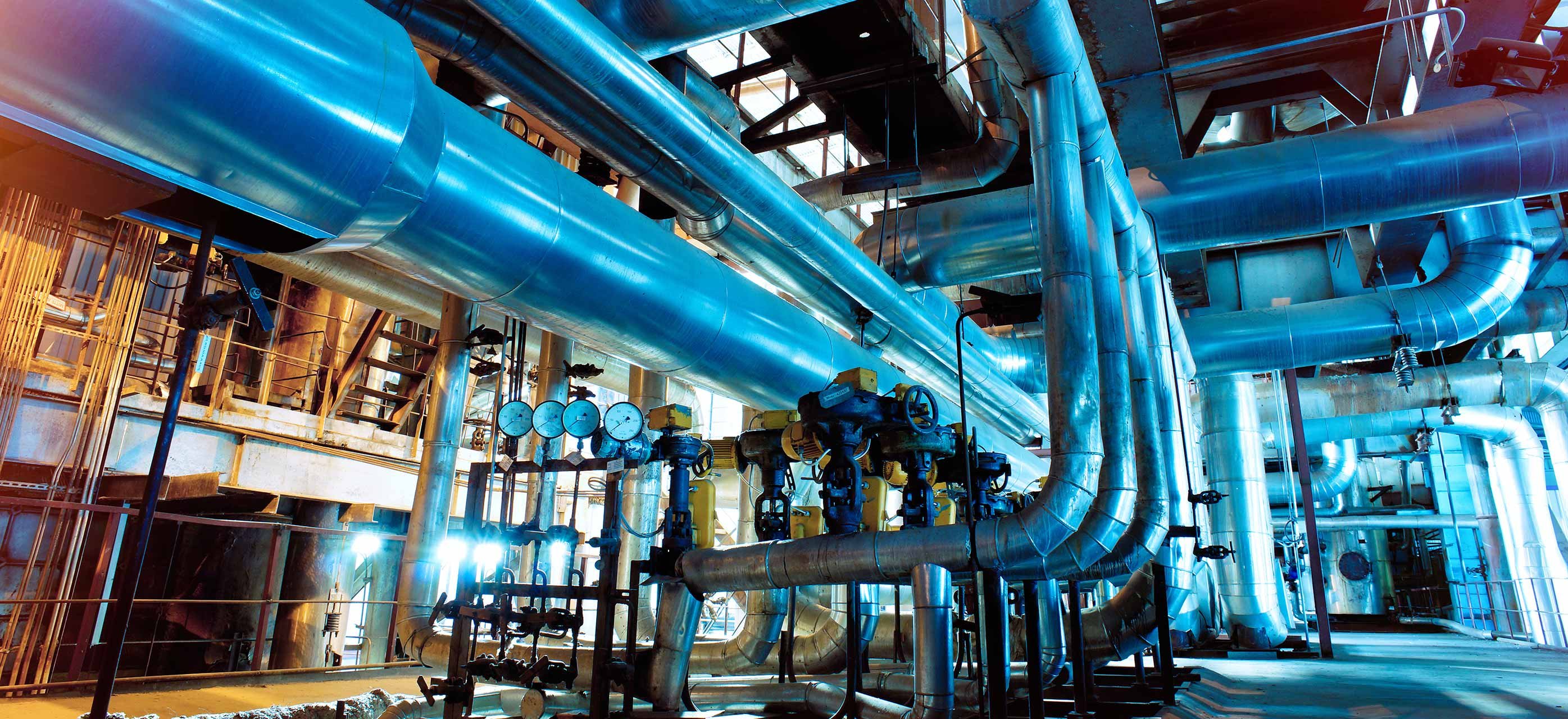Start your career as a Mechanical Fitter through Brunel! With precision and expertise, you'll fabricate, install, and repair heavy machinery, breathing life into raw materials. Whether in factories or on construction sites, you'll assemble, operate, and maintain machinery, ensuring optimal performance.
Loading component...
What is a mechanical fitter?
A mechanical fitter plays an important role in bringing machinery and equipment to life. A mechanical fitter is a skilled professional who specialises in the precise fitting, installation, and maintenance of mechanical components. They possess a deep understanding of mechanical systems and are adept at using tools and techniques to assemble and align parts with precision. By fitting and connecting various components, a mechanical fitter ensures that machinery operates smoothly and efficiently. Their expertise and attention to detail make them essential in ensuring the functionality and reliability of complex mechanical systems.
Mechanical fitter responsibilities
Being a mechanical fitter entails a wide range of responsibilities, including the assembly, installation, repair and maintenance of mechanical components to create operational equipment. This process can involve everything from the operation of heavy machinery to the direct use of the hands for completing specific tasks. While you often work individually, there may be instances where you collaborate within a team, particularly when handling larger projects.
Some responsibilities of a mechanical fitter may include:
- Measuring and marking out materials for fabrication.
- Keeping records of operations, safety, and maintenance procedures.
- Cutting, grinding, and shaping metal and other materials.
- Interpreting diagrams, drawings, specifications, and plans to determine suitable material and sequence of operations.
- Reviewing the dimensions from diagrams, blueprints, and sketches.
- Determining an order of steps for creating the fabricated components.
- Using grinding and sawing tools to manipulate metal into the desired shapes.
- Attaching the parts to the machines.
- Conducting inspections to ensure tools and machines work properly.
- Identifying malfunctioning equipment and implementing plans to fix them.
- Performing maintenance, such as cleaning and refastening screws.
- Listing building activities and the repairing of tools on work records.
Mechanical fitter jobs
An overview of available mechanical fitter jobs through Brunel right now:
Types of mechanical fitters
Mechanical fitting, a branch of mechanical engineering, involves an array of roles requiring different skill sets. Here are some main types of mechanical fitters:
- Maintenance Fitting: A mechanical fitter's job in maintenance fitting involves participating in equipment maintenance in factories. They locate defective or worn-out parts in machinery and replace or modify them as necessary. In order to find components that fit and replace parts smoothly, measuring instruments are used to great effect.
- Fitting and Turning: Here, a mechanical fitter's main task is to construct, fit, and assemble equipment components. This involves using a combination of hand tools and machines to produce metal pieces, ensuring they fit together perfectly and work correctly.
- Pipefitting: When it comes to the task of attaching pipes to various structures like fixtures, walls, and tanks, a mechanical fitter plays a crucial role. Their expertise comes into play as they use a range of tools such as brackets, welding equipment, and clamps to ensure that the lines are skilfully fitted and fastened in place.
Mechanical fitter qualifications
To become a mechanical fitter, the following are the qualifications and skills required:
- A relevant vocational qualification is usually required, such as a Certificate III in Engineering – Mechanical Trade (MEM30219), completed as part of an apprenticeship.
- Apprenticeships typically take between three to four years to complete and provide a mix of practical and theoretical training.
- Additional licences preferred by some employers, such as worksite-related certifications in Forklift operation, Working in Confined Spaces, Working at Heights, and Elevated Work Platform Licence, can be acquired through short courses at a Registered Training Organisation (RTO).
- Candidates who have already completed school and are transitioning from another field can enter the industry as a trainee for hands-on training.
- Aspiring mechanical fitters need to be skilled at operating and maintaining heavy machinery, cutting, grinding and shaping metal, interpreting diagrams, identifying problems, performing maintenance tasks, adhering to health and safety regulations, and follow procedures closely.
- Gaining experience through internships, related jobs, and other work-related programmes can garner valuable experience, skills and bolster resume credibility for future job opportunities.
